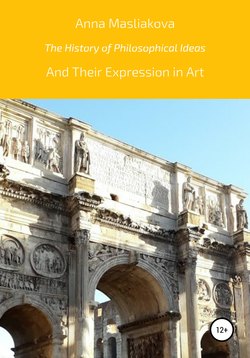Читать книгу The History of Philosophical Ideas and Their Expression in Art - Анна Ивановна Маслякова - Страница 10
Chapter I
Temples of Culture I
ОглавлениеThe most extraordinary thing about Ancient Greek architecture is their idea about the Sight, that is to say, the organization of space is based on special viewpoints. Here were are in the Theatre of Delphi looking down and all the buildings arrange themselves in such a way as to be viewed obliquely as fully plastic objects.
Basically, the Greek Theater (the Theater at Epidaurus, the Ancient Theater in Tauric Chersonesus, etc.) is an open-air structure composed of a partial circle (Theatron) organized around the Orchestra where action takes place and a backstage (Skene) behind it. And one of the most powerful things is that like in the case of temples – for example, the Temple of Segesta in Sicily – they find a special place that needs to be clarified and make visible its uniqueness that otherwise would be lost.
The Romans, on the contrary, prefer free standing structures frontally oriented and densely packed into a city. Let us have a look, for instance, at the Theater of Marcellus in Rome. Typologically, it conserves quite a lot from the Greeks, but the architectural edge closes the space off. Moreover, the Flavian Amphitheater – a giant object in the city of Rome – consists of two semicircles merged together and is by no means open-ended. Another allusion to the Greek architecture is that the décor of the Colosseum combines different orders – Doric, Ionic, Corinthian – and yet, the columns are not free standing (the Parthenon in Athens) but they are engaged in the walls (like in the Maison Carrée in Nimes).
The Romans were abscessed with technology and that allowed them to build in a very different way. The arch became the fundamental element of Roman architecture enabling them to erect bridges (The Alcántara Bridge), aqueducts (Devil’s bridge in Tarragona) and even the Pantheon – a temple to all the gods with a lot of altars.
The Romans were more interested in entertainment than in dramatic performances. And yet, the situation has been changing and not long ago they have started to organize concerts at the Colosseum, such as “The Three Tenors” in 1994.
